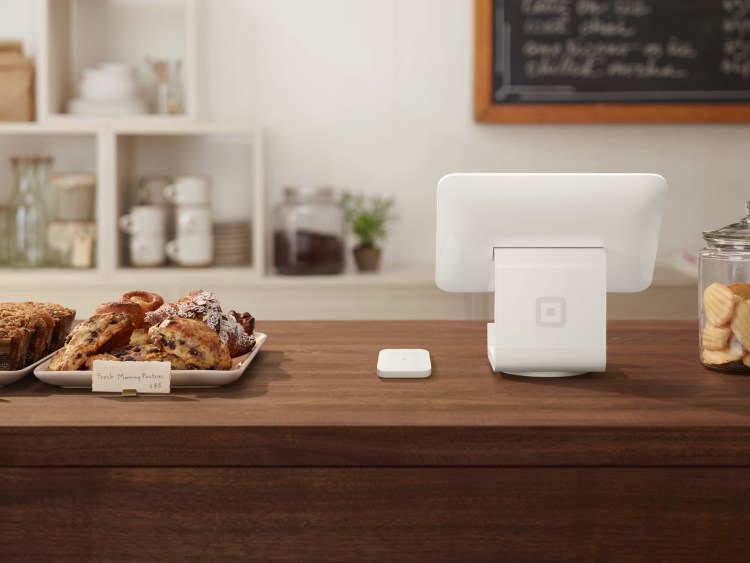Today Square began trading at $11.20 a share on the New York Stock Exchange, up slightly from its $9 pricing last night. The stock is currently up 42 percent from market open and rising.
Square’s public offering has been the subject of much discussion. Prior to its roadshow, Square was valued at $6 billion as a private company. Ahead of its initial public offering, that valuation dropped to $4.1 billion. There is a difference between the way public and private company valuations are calculated, which may account for some, if not all, of the difference. Regardless, the lowered valuation may have negatively impacted Square’s initial stock price.
On top of that, investors continue to be concerned about whether chief executive Jack Dorsey will be able to give Square enough attention. Over the summer, Dorsey took the reigns at Twitter as interim CEO. Later he was awarded the position full-time. The move was particularly concerning to investors because both companies are undergoing major changes; Twitter is in the process of restructuring, while Square is still learning the ropes as a publicly traded company. Undoubtedly, questions about Dorsey’s split focus affected Square’s debut price.
A brief history of Square
Square’s legacy is a bit of a roller coaster ride. After being ejected from Twitter in 2008, Dorsey developed a device for accepting credit cards using a smartphone. The mobile dongle floored industry veterans, leaving them scrambling to catch up.
That propitious launch in 2010 immediately ignited investor interest. It also launched a host of tablet-based competitors. Subsequently, Square rolled out a mobile point-of-sale system, along with hardware for accepting anything from cash to Apple Pay. Then in 2012, it signed a deal with Starbucks to process credit card and debit transactions for all of the coffee peddler’s stores.
Though Square had a number of successes during this period, it also suffered plenty of failures. The Starbucks agreement turned out not to be as beneficial as Square thought it might be and now the two companies are ending their partnership. Square was forced to shutter two consumer-facing apps, Square Wallet and Square Order.
Plus, as industry players caught up to Square, the company’s differentiating features began to fade. Then in 2014, the Wall Street Journal reported that Square had hemorrhaged $100 million in the previous year, which badly injured the company’s reputation.
But then Square bounced back. The company decided to develop a series of back-office services, some of which are paid and operate outside the Square ecosystem. It also firmed up its strategy for tackling the restaurant industry. In 2015, the company bought up two meal delivery services (Caviar and Fastbite) and developed a point-of-sale interface for bars that allows them to keep a running tab.
Over the next several months Square has to demonstrate that it can boost revenues without Starbucks, build out its product line, and expand beyond its foothold in the small business market.

